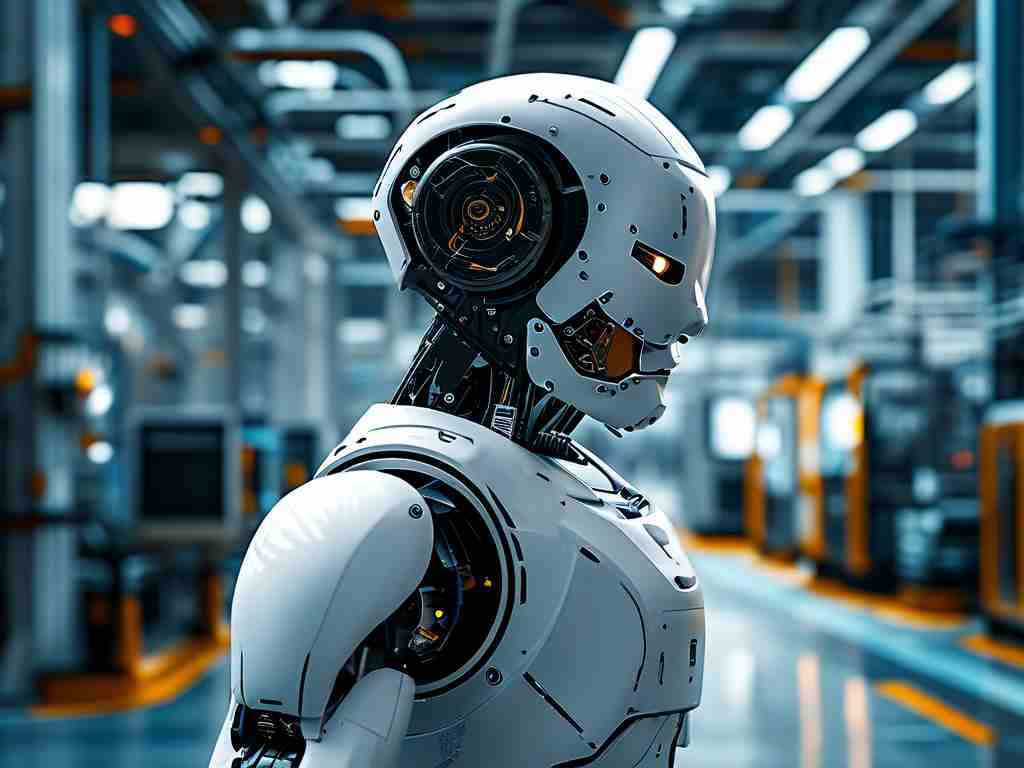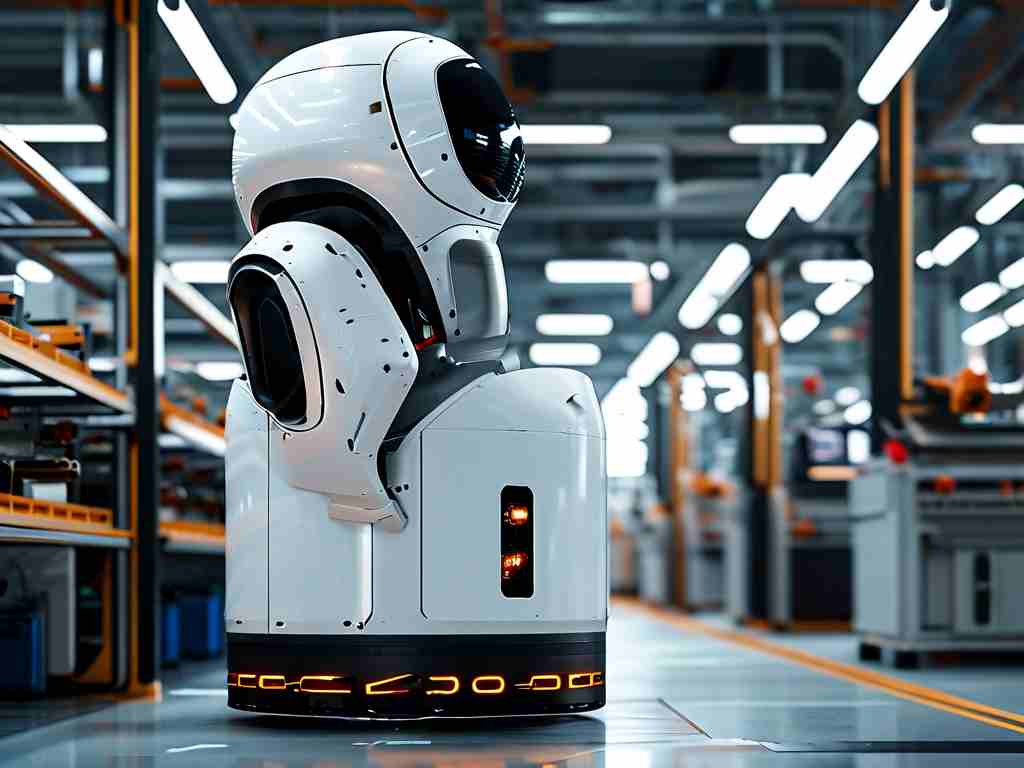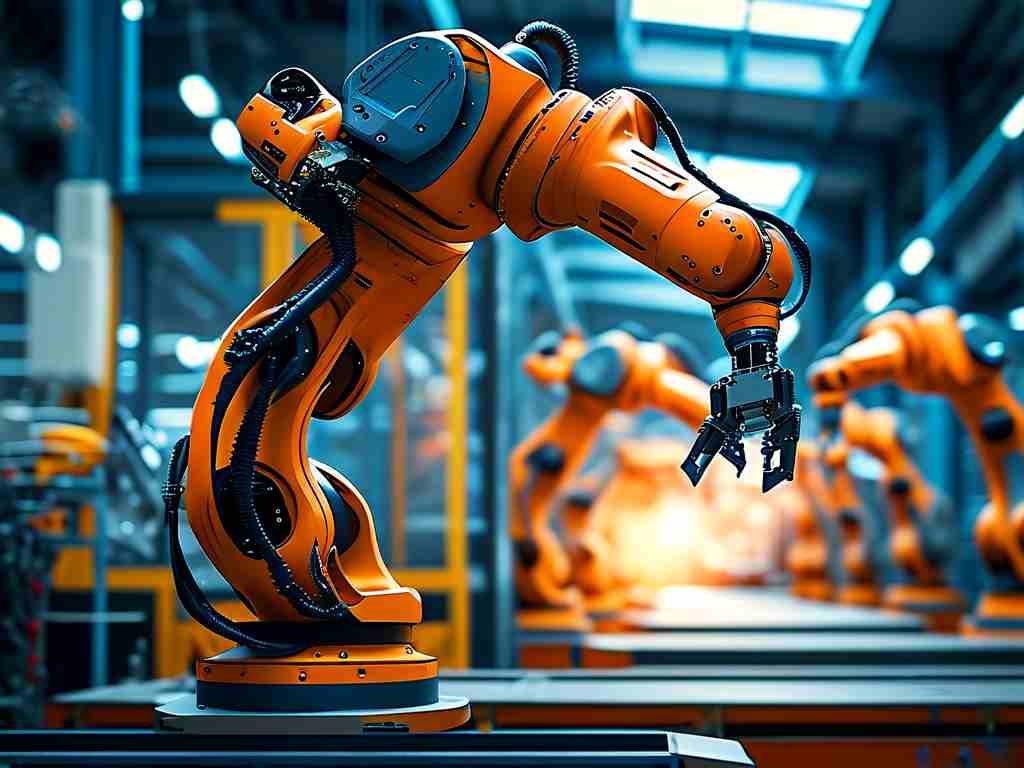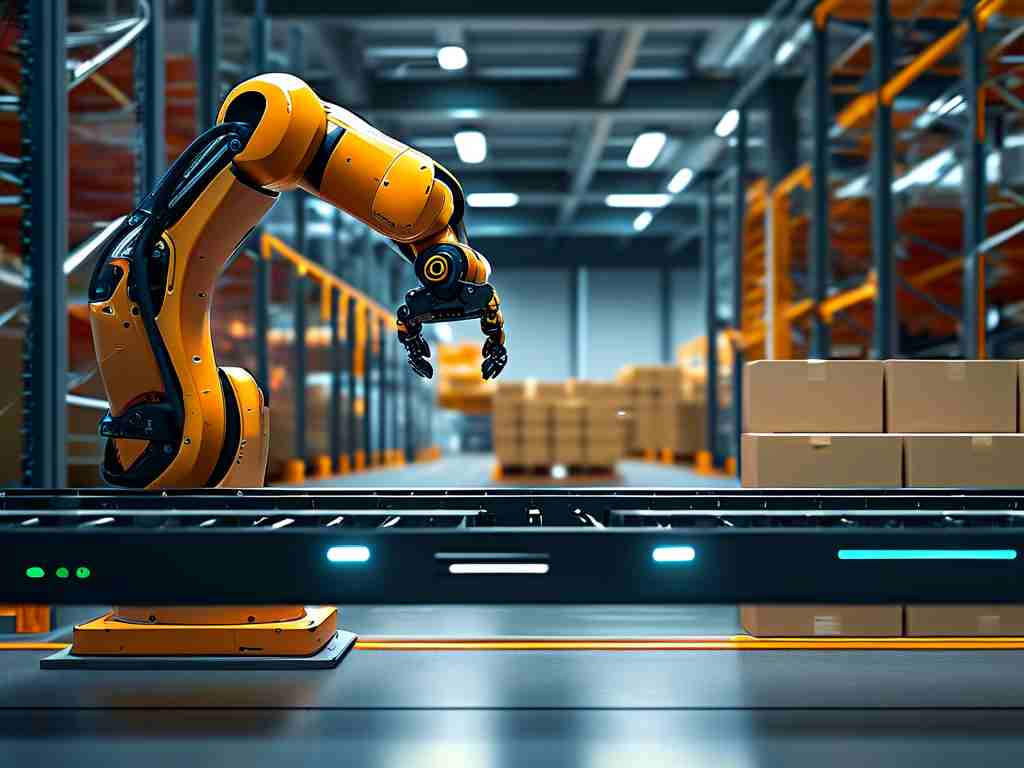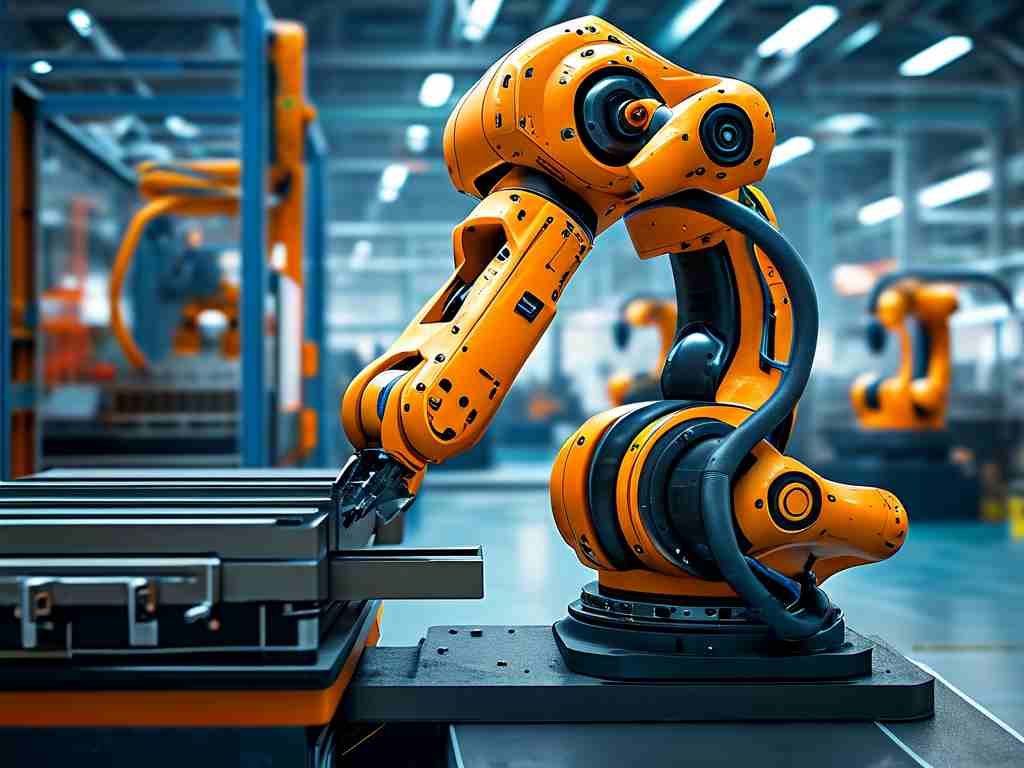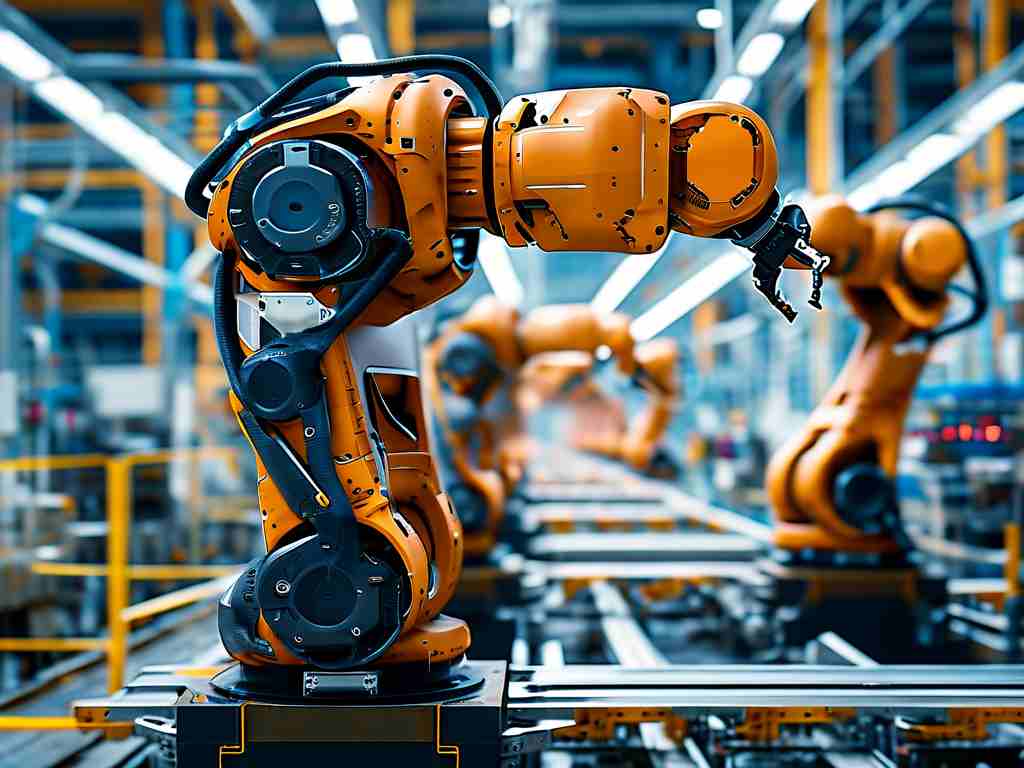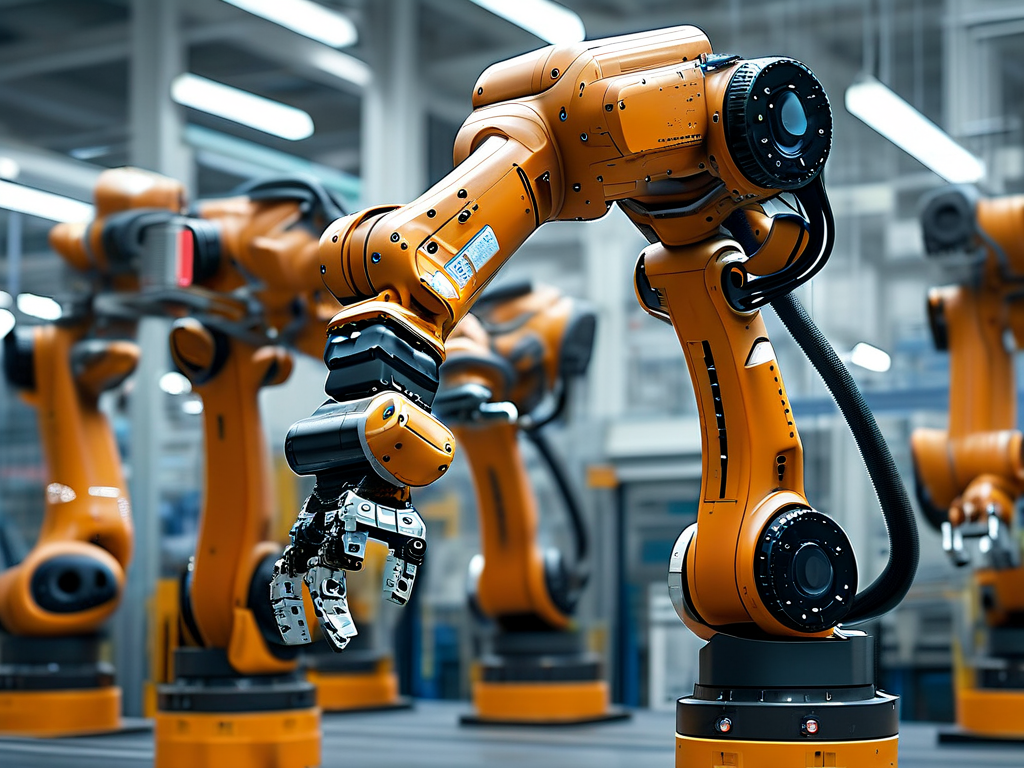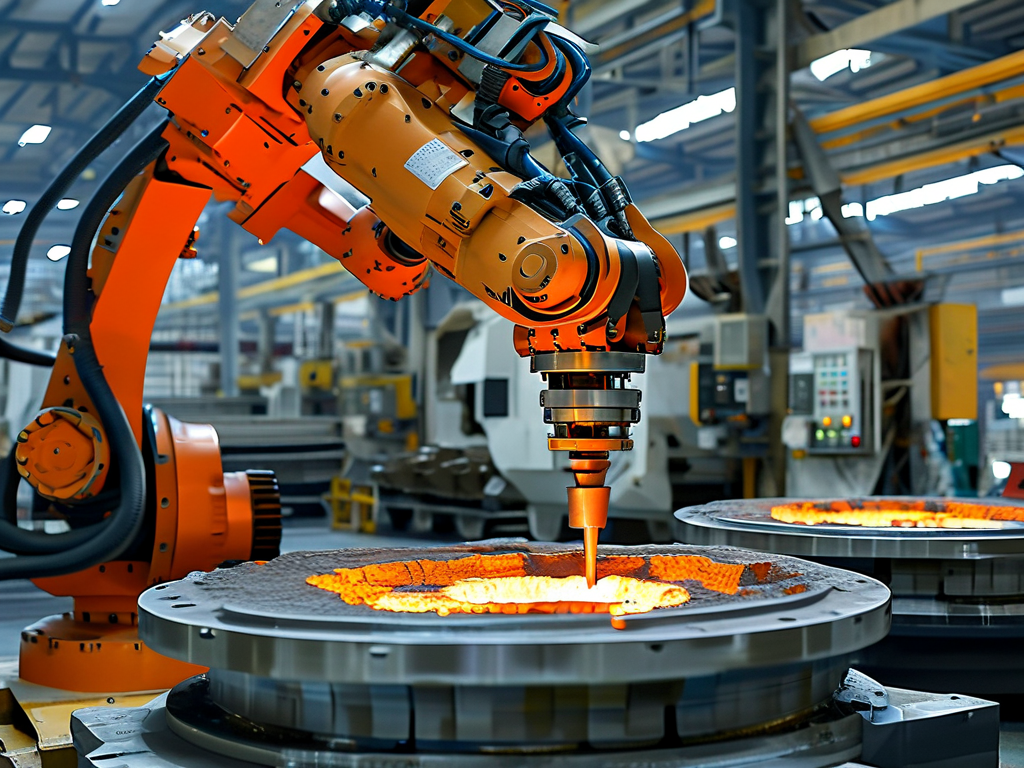In the rapidly evolving landscape of industrial automation, KUKA Robotics has emerged as a trailblazer, particularly in the realm of robotic carving technology. By integrating advanced algorithms, multi-axis precision, and adaptive material handling systems, KUKA robots are redefining how industries approach complex carving tasks-from aerospace components to artistic sculptures. This article explores the transformative impact of KUKA's carving technology, its applications across sectors, and the future of automated craftsmanship.
The Evolution of Robotic Carving
Traditional carving methods, whether manual or CNC-based, often face limitations in precision, scalability, and material versatility. Human artisans, while skilled, are constrained by physical endurance and the risk of inconsistencies. CNC machines, though precise, lack the flexibility to adapt to irregular shapes or dynamic material properties. KUKA Robotics addresses these gaps by combining the dexterity of industrial robots with AI-driven vision systems. The result is a technology capable of executing intricate designs on materials as diverse as titanium, marble, and composite polymers with sub-millimeter accuracy.
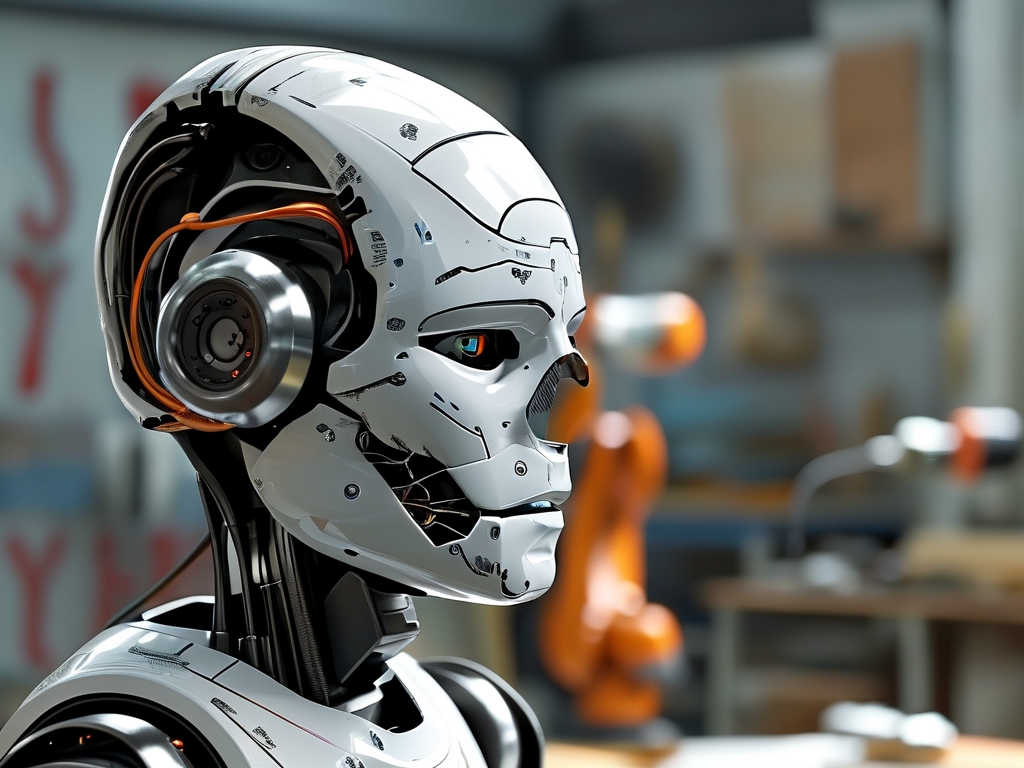
Core Technologies Behind KUKA's Carving Systems
- Multi-Axis Motion Control: KUKA's robots, such as the KR QUANTEC series, utilize up to 6-axis articulation, enabling 360-degree access to workpieces. This eliminates the need for repositioning, reducing cycle times and minimizing errors.
- Adaptive Path Planning: Machine learning algorithms analyze 3D models in real-time, optimizing toolpaths to account for material hardness, grain direction, and thermal expansion. This ensures smooth finishes even on brittle or heterogeneous materials.
- Force-Torque Sensing: Integrated sensors allow robots to "feel" resistance during carving, automatically adjusting pressure and speed. This is critical for delicate tasks like woodworking or medical implant fabrication.
- 3D Vision Systems: High-resolution cameras and LiDAR scanners create digital twins of raw materials, identifying defects and aligning carving paths to maximize yield.
Applications Across Industries
Aerospace and Automotive: KUKA robots carve lightweight structural components from carbon fiber composites, reducing aircraft and vehicle weight while maintaining strength. For example, Airbus employs KUKA systems to sculpt wing ribs with complex internal geometries, achieving a 30% reduction in material waste.
Art and Architecture: Artists collaborate with engineers to program KUKA robots for large-scale installations. The robots translate digital designs into physical masterpieces, whether chiseling granite monuments or shaping kinetic metal sculptures. Notably, the 2022 Venice Biennale featured a marble sculpture series entirely carved by KUKA robots, sparking debates about the role of automation in art.
Medical Device Manufacturing: In orthopedics, KUKA's precision enables the creation of patient-specific implants. Using CT scan data, robots carve titanium alloy bones with porous surfaces that promote tissue integration, cutting surgery times and improving outcomes.
Consumer Goods: From personalized jewelry to ergonomic furniture, KUKA's technology supports mass customization. Luxury watchmaker Rolex, for instance, uses KUKA arms to engrave intricate patterns on limited-edition timepieces.
Advantages Over Conventional Methods
- Speed: A KUKA KR 1000 Titan can complete a 10-hour manual carving task in under 90 minutes.
- Consistency: Automated systems eliminate human fatigue-induced flaws, critical for high-tolerance industries like semiconductor manufacturing.
- Material Efficiency: AI-driven nesting algorithms reduce scrap rates by up to 40%, aligning with sustainability goals.
- Safety: Robots handle hazardous materials like fiberglass or radioactive shielding components, minimizing human exposure.
Challenges and Innovations
Despite its strengths, KUKA's carving technology faces challenges. Programming robots for ultra-complex geometries remains time-intensive, though generative design software is streamlining this process. Additionally, the high upfront cost of robotic cells-often exceeding $500,000-limits accessibility for small workshops. However, KUKA's "Robotic Carving as a Service" (RCaaS) model, where manufacturers pay per carved unit, is democratizing access.
Emerging innovations include:
- Hybrid Additive-Subtractive Systems: Combining 3D printing with robotic carving for layered manufacturing.
- Blockchain Traceability: Each carved component receives a digital fingerprint, ensuring authenticity in industries like automotive parts.
The Future of Robotic Carving
As AI and IoT converge with robotics, KUKA envisions self-optimizing carving ecosystems. Robots will autonomously select tools, predict tool wear, and order replacements via IoT networks. In the next decade, expect robots to collaborate with humans in real-time-artisans guiding robots via AR interfaces, blending creativity with machine precision.
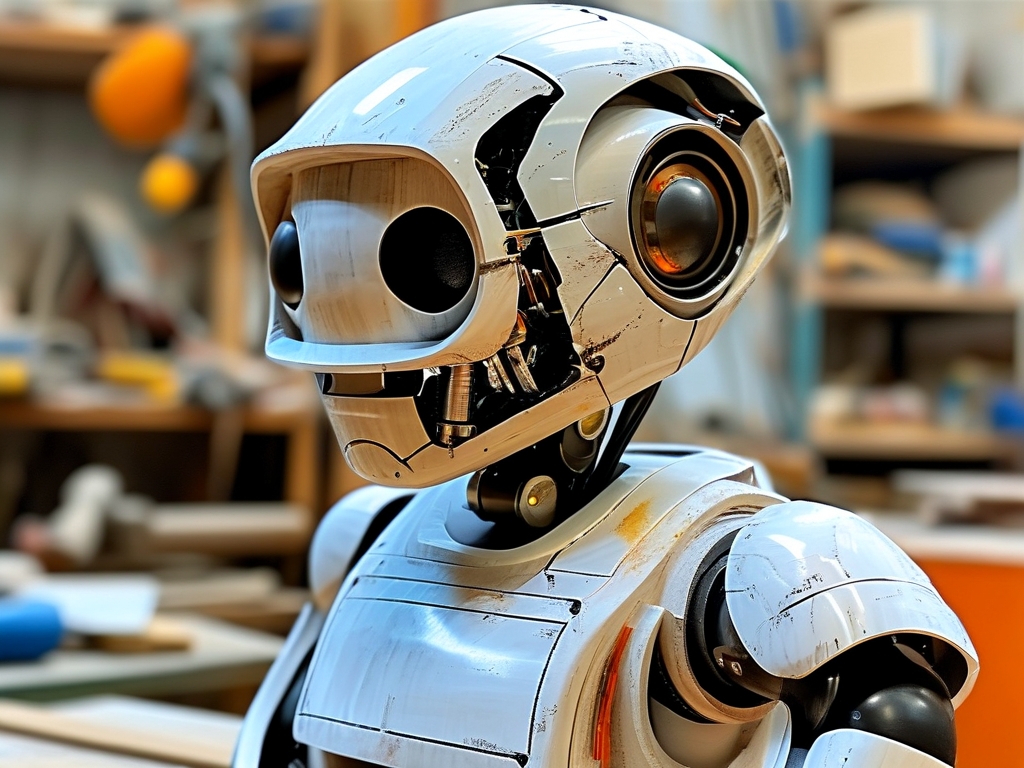
Moreover, sustainability will drive advancements. KUKA is developing water-jet carving robots that eliminate toxic coolant use, and algorithms to repurpose scrap material into new products.
KUKA Robotics has not only mechanized carving but elevated it into a fusion of art, engineering, and sustainability. By transcending the limits of human and traditional machine capabilities, KUKA's technology is crafting a future where complexity meets efficiency, and innovation knows no bounds. As industries embrace this revolution, the line between machine-made and handcrafted will blur-ushering in a new era of intelligent manufacturing.


